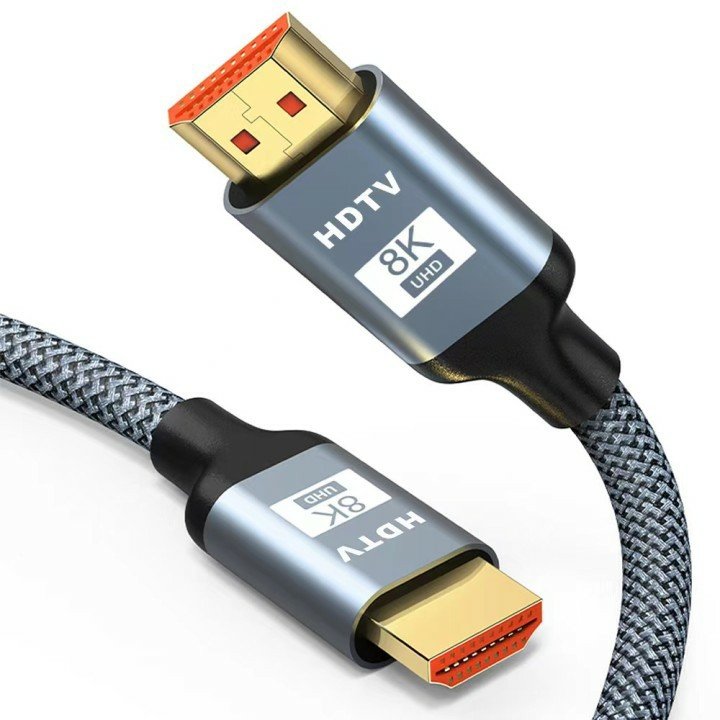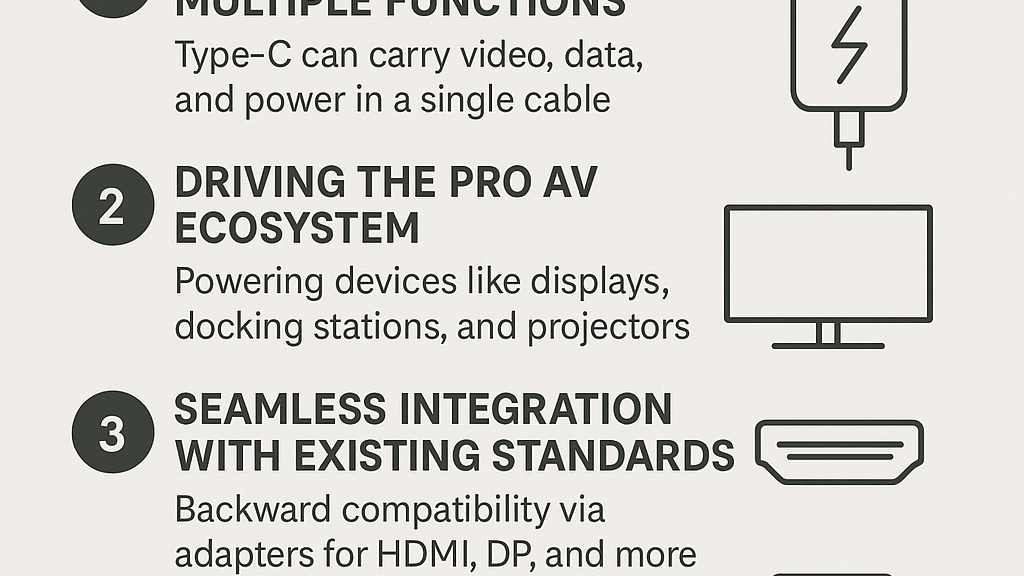Table Of Content
Table Of Content
The popularity of HDMI (High-Definition Multimedia Interface) cables over DisplayPort (DP) cables is influenced by several factors, including historical adoption, industry standards, and use-case scenarios. Here are some reasons why HDMI cables are often more popular than DisplayPort cables:
- Historical Adoption and Compatibility: HDMI has been around for a longer time than DisplayPort and has gained widespread acceptance in various consumer electronics, such as TVs, monitors, and audio-visual equipment. This historical adoption has contributed to its ubiquity. Many older devices and peripherals are equipped with HDMI ports, fostering compatibility and encouraging further use.
- Consumer Electronics Focus: HDMI has been heavily promoted and used in consumer electronics, particularly in the context of home entertainment systems. This includes connections between TVs, Blu-ray players, gaming consoles, and audio receivers. The consumer electronics industry has played a significant role in the popularity of HDMI due to its simplicity and ease of use for consumers.
- Audio and Video Integration: HDMI supports both high-definition video and multi-channel audio over a single cable, making it convenient for home theaters and multimedia setups.While DisplayPort also supports audio and video, HDMI’s early emphasis on multimedia integration contributed to its success in home entertainment applications.
- Widespread Industry Adoption: HDMI has become an industry-standard in various sectors, including consumer electronics, computers, and professional audio-visual installations. This widespread adoption has created a positive feedback loop, further encouraging the use of HDMI.
- Versatility in Devices: HDMI is commonly found in a broad range of devices, including TVs, monitors, projectors, cameras, and gaming consoles. This versatility has contributed to its dominance in various applications.
- Marketing and Brand Recognition: HDMI has been heavily marketed and is a well-known brand. This brand recognition can influence consumer preferences and industry standards.
- Backward Compatibility: HDMI specifications are backward compatible, allowing users to connect newer HDMI devices to older HDMI-equipped displays. This compatibility eases the transition to newer technologies.
- Cable Length Limitations: HDMI is often perceived as more suitable for shorter cable lengths, while DisplayPort is considered more effective for longer distances. In applications where shorter cables are sufficient, HDMI remains a popular choice.
It’s important to note that DisplayPort is not without its advantages, such as its ability to support higher refresh rates and higher resolutions, making it preferred in certain professional and gaming scenarios. The choice between HDMI and DisplayPort often depends on the specific requirements of the devices and applications involved.
WE STAR FIRE, as a professional connectivity solution manufacturer and provider, HDMI series cables is one of our product line, We are an HDMI Adopter, also is DP VESA member, HDMI 2.0 certification: from 0.5m to 7.5m, from 3FT to 25ft, HDMI 2.1 certification: from 0.5m to 5meter.
If you would like to find a long-term reliable cable assy. partner, Pls. kindly connect us at sales@starfiretechcn.com













